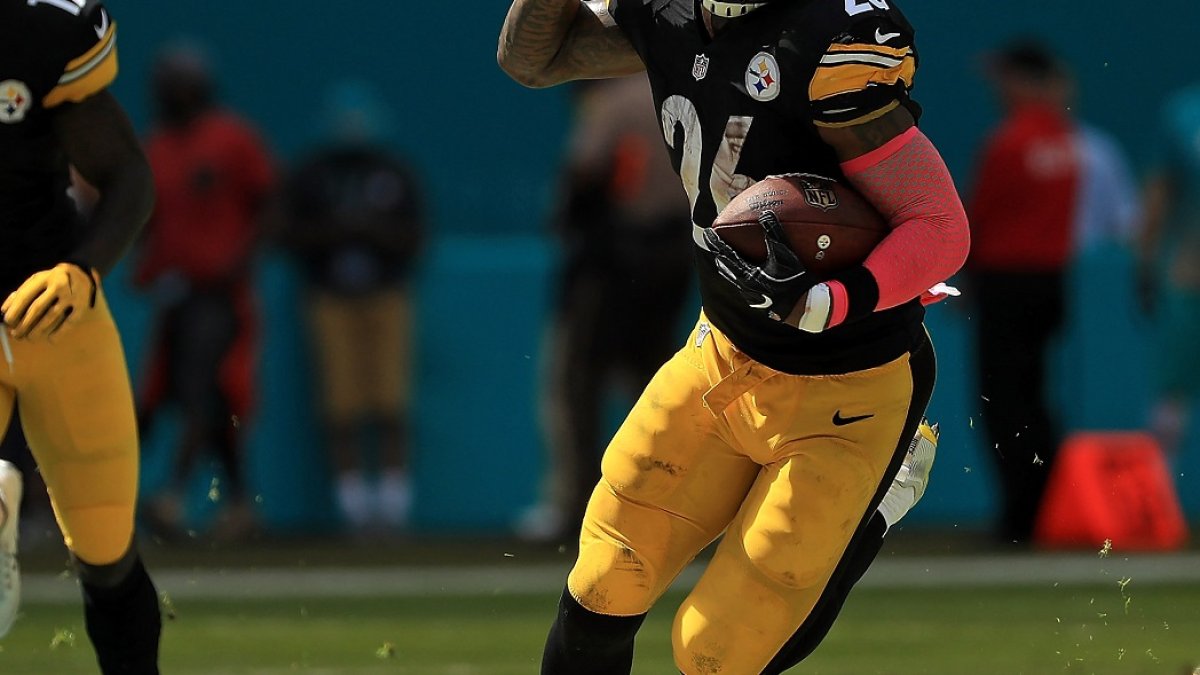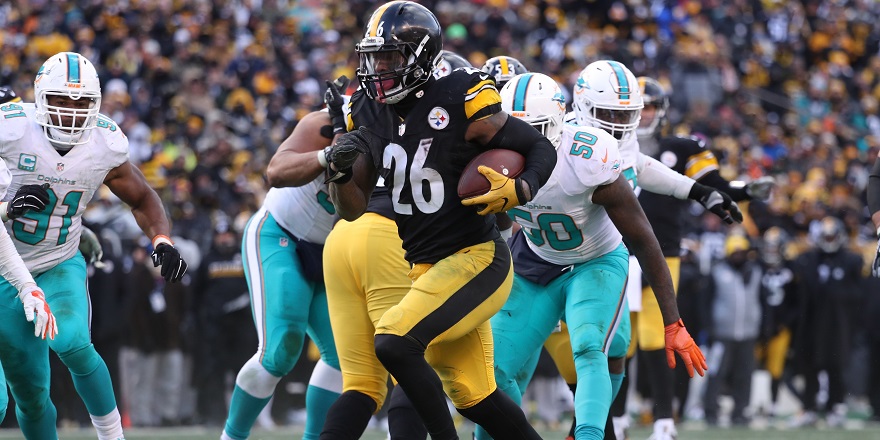(“Today's Crazy Fantasy Stat” is an occasional offseason offering from PFF that highlights something that catches our eye and aids in our preparation for the 2017 fantasy season.)
It’s easy to track receiving yards. Julio Jones great, Coby Fleener middling, LeGarrette Blount bad (relatively speaking, of course, but Blount had the fewest receiving yards of any RB/WR/TE in 2016 who played at least 25 percent of his team’s snaps). It’s simple enough to just sort by the stat, high to low.
Adding a wrinkle to it, though, is average depth of target. Similar to yards before and after contact for a running back, aDOT gives you a look at wide receiver production — in this case yards in the air (the player’s aDOT) or his average yards per target gained after the catch (yards per target minus aDOT). The lower an aDOT is, the more work a player is doing after the catch.
Obviously, running backs are going to catch most of their passes shorter than wide receivers. And as such, occasionally running backs will have aDOTs that are actually negative, catching passes on average behind the line of scrimmage.
(Subscribe to all our fantasy content, or get everything PFF offers with an All-Access subscription.)
At PFF, we’ve been singing the praises of Pittsburgh running back Le’Veon Bell’s 2016 season for weeks now, but here’s another thing to note: In the last 11 years, 236 qualified players have had negative aDOTs for a full season. Of those 236, no player has had more receiving yards than Bell’s 616 in 2016. In fact, only Bell and Arian Foster in 2010 even topped 600 receiving yards in a season, and only eight players topped 500.
In only 12 games played (accounting for his three-game suspension to start the season and the Steelers resting him in Week 17), Bell gained 616 yards receiving. It was 6.9 yards per target. But considering where he caught the ball, it was actually a net of 7.0 yards per target.
One running back had more receiving yards than Bell in 2016 — Arizona’s David Johnson, with 881. Johnson averaged 8.2 yards per target, with an aDOT of 4.6. In other words, Johnson averaged 3.6 yards after the catch per reception, roughly half what Bell averaged. Of the top seven running backs in receiving yardage, Bell is the only one whose aDOT was under 1.0.
Of course, yards before the catch matter as well. This is not to say Bell is twice the receiver Johnson was just because of those aDOT numbers. But as a general rule, running backs just don’t accumulate the kind of yardage Bell did in 2016 by catching the ball shy of the line of scrimmage.
Also interestingly, it was the first negative aDOT of Bell’s four-year career; it was in the range of 1.0 in 2013 and 2014 before dipping down to 0.1 in 2015. In other words, if Bell can combine his after-the-catch prowess of 2016 with even the extra yard of aDOT he had early in his career, that would add close to 100 yards to his season total. (It’s not exactly that simple, of course, but the numbers are the numbers.)
Le’Veon Bell had a monster 2016, despite only playing three-quarters of the season. Just the base numbers would prove that by themselves. But sometimes, impressive surface numbers belie less-exciting deeper numbers. In the case of Pittsburgh’s running back, though, everything backs up the first glance. Even with Bell’s ever-present risks of missing time to injury or another suspension always looming, he’s likely to be one of the top three running backs — even top three players — in fantasy drafts in the coming season. And there’s every reason to think even being “top three” might be too low of a threshold for him.




 © 2024 PFF - all rights reserved.
© 2024 PFF - all rights reserved.